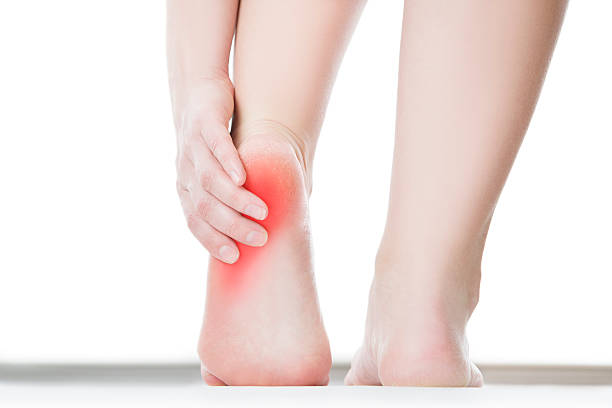
Having pain in your heel can affect your daily activities. Depending on the cause, there are various treatments to help relieve the pain. However, it is advisable to consult podiatrist Midland if the pain continues or if it becomes worse.
Heel pain is usually caused by plantar fasciitis, an inflammation of the tissue that runs down the bottom of the foot. Symptoms include pain when walking or exercising. Some of the most common causes are overuse and a shoe that doesn’t offer good arch support. Other causes include a fracture or a sprain near the heel.
A simple and effective heel pain treatment involves stretching exercises. These stretches increase flexibility and improve balance. They also target the calf muscles, which helps reduce the pain.
The plantar fascia is a thick band of tissue that runs along the bottom of the foot. Plantar fasciitis is caused by an inflammatory illness or overuse. You can also get the condition due to a bone bruise or a trapped nerve.
Heel pain can also be caused by wearing flat-soled shoes, especially shoes without arch support. Wearing shoes that provide good arch support and have a high heel height can relieve the pain. It is also recommended to wear a splint to keep your feet in a proper position.
You can also apply an ice pack to your heel. Ice reduces inflammation and swelling. It also stimulates the body to produce more blood and nutrients. You can put an ice pack on your heel three or four times a day. You can also wrap a towel around the ice pack to prevent it from touching the skin.
For heel pain relief, you can also use corticosteroid injections. Corticosteroids are effective anti-inflammatory drugs. However, they can cause weight gain and high blood pressure. Corticosteroid injections should be used very sparingly to avoid causing further damage to the tissue. They should not be used more than three times a year.
Another effective treatment for heel pain involves massage. Using a small towel to massage your foot can help relieve pain. You can also do a stretch by sitting on the floor and holding the toes of the affected foot in the air. As you pull the toes upward, you should also bend the knees at a right angle and push the heel forward. If you want, you can also use a long towel that is placed beside your bed. It is also possible to do this stretching exercise by sitting on a chair.
Alternatively, you can also use a foam roller to roll the arch of the foot. You can do this for a minute at a time. You can also use a round object or a plastic water bottle to roll the foot. You should roll the foot for several minutes to get the best results.
Lastly, you can also wear special splints at night to maintain a stretch of the plantar fascia while you sleep. You can purchase these splints from a specialist shop or a podiatrist.